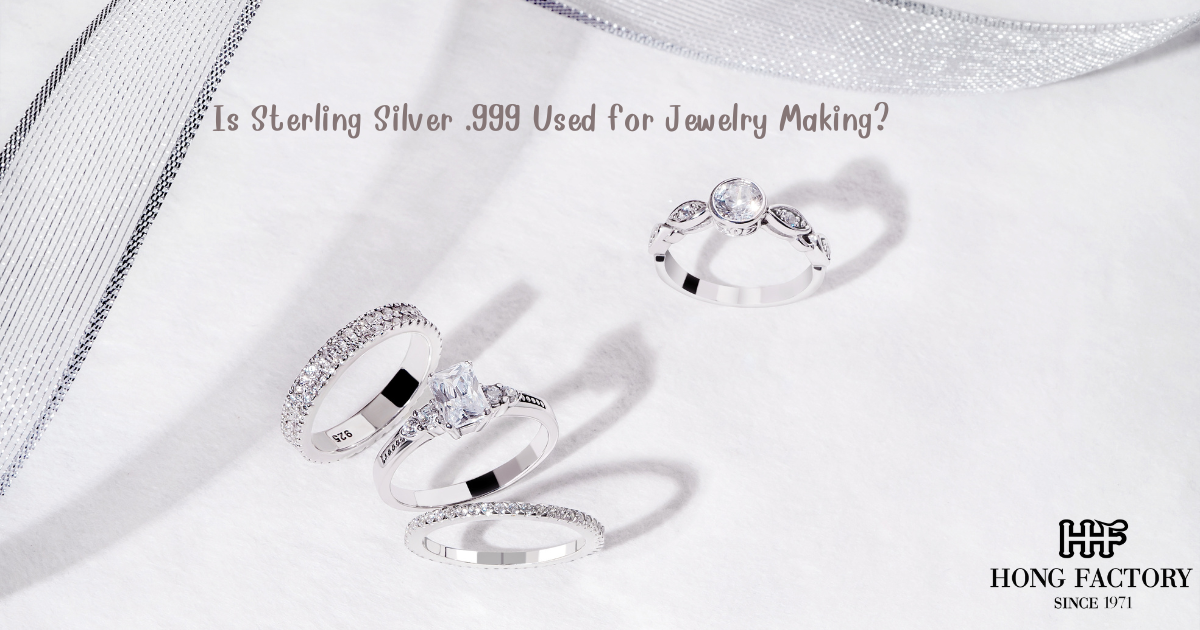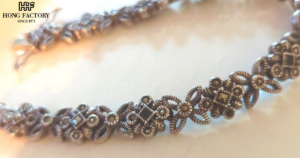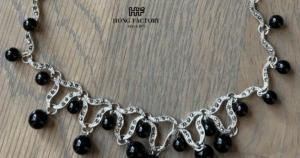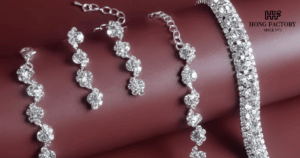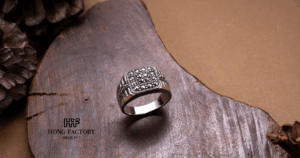When it comes to creating elegant, timeless jewelry, silver has always been a favorite choice among artisans and customers alike. However, not all silver is the same. One of the most frequent questions people ask is whether sterling silver .999 is used for jewelry making. This article explores what “Is Sterling Silver .999” really means, its properties, and whether it’s practical for crafting durable and beautiful jewelry pieces. Jewelry wholesale thail and
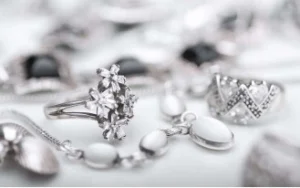
Understanding Silver Purity in Jewelry
Silver purity is measured in parts per thousand, indicating how much pure silver is present in the alloy. The two most common purity grades are:
- .999 Fine Silver: Contains 99.9% pure silver and only 0.1% trace elements. This is often referred to as “pure” or “fine” silver.
- .925 Sterling Silver: Contains 92.5% pure silver and 7.5% copper or other metals, making it stronger and more resistant to wear.
While both are considered real silver, their characteristics make them suitable for very different uses in jewelry production.
Is Sterling Silver .999 Used for Jewelry Making?
Technically, no. Fine silver marked .999 is rarely used for standard jewelry production because it’s too soft to withstand everyday wear. Jewelers prefer .925 sterling silver, which offers the perfect balance of shine, workability, and strength.
However, .999 fine silver is sometimes used for specialty jewelry such as handmade pendants, collectible pieces, or earrings where softness is less of a concern. These pieces are typically designed for aesthetic appeal rather than daily use.
Why Jewelers Choose Sterling Silver (.925)
The main reason jewelers favor sterling silver is its durability. The 7.5% copper alloy makes it much more resistant to bending, scratching, or deforming. This added strength allows artisans to create intricate, detailed jewelry that retains its shape for decades.
Additionally, sterling silver has a slightly warmer hue that complements gemstones, pearls, and marcasite beautifully making it a popular choice in both modern and vintage designs.
Other advantages include:
- Ease of polishing and repairing
- Compatibility with gemstone settings
- Affordability compared to gold or platinum
Sterling silver is also hypoallergenic for most wearers, especially when it’s nickel-free.
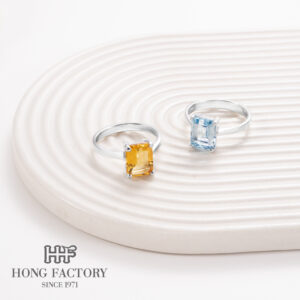
When .999 Fine Silver Is Used in Jewelry
Though uncommon, .999 fine silver does appear in certain types of jewelry, particularly artisan and high-end designer pieces. Craftsmen use it for:
- Handmade pendants or earrings: Lightweight and delicate pieces that don’t face heavy friction.
- Commemorative jewelry: Limited-edition creations emphasizing purity and craftsmanship.
- Art jewelry: Sculptural works where artistic value outweighs practicality.
These pieces often highlight the natural softness and brilliance of pure silver, serving as collectible or statement designs rather than everyday accessories.
Challenges of Using .999 Silver in Jewelry Making
While pure silver is beautiful, it presents several challenges:
- Softness: .999 silver bends and scratches easily.
- Workability: It can deform during stone setting or resizing.
- Wear Resistance: Jewelry made from .999 silver wears out faster when exposed to friction.
- Cost Efficiency: It’s more expensive to produce and less practical for long-term use.
Because of these reasons, .925 sterling silver remains the jewelry industry standard it ensures balance between luxury and longevity.
The Value of .999 Silver Jewelry
Although not as durable as sterling silver, .999 silver jewelry carries a sense of purity and exclusivity. Collectors and silver enthusiasts appreciate its rarity and investment appeal. Its melt value is higher, since it contains nearly pure silver, and it often features unique craftsmanship.
However, the resale value of .999 jewelry depends on factors beyond metal content, including:
- Design complexity
- Brand reputation
- Weight and purity certification
- Limited edition or artisan creation status
So while .999 jewelry might not be practical for daily wear, it remains an elegant option for collectors and luxury enthusiasts.

Caring for .999 and .925 Silver Jewelry
Both forms of silver require care to maintain their shine:
- Store in airtight pouches to prevent tarnish.
- Avoid exposure to moisture, perfume, and chemicals.
- Use a soft polishing cloth to clean gently.
- For .999 pieces, handle delicately to avoid bending.
Proper storage and maintenance help preserve their natural brilliance for years.
While .999 silver represents the purest form of this precious metal, it’s not commonly used for mainstream jewelry due to its softness. .925 sterling silver, on the other hand, remains the go-to choice for jewelers worldwide offering strength, beauty, and affordability.
So, when you encounter the question “Is Sterling Silver .999 used for jewelry making?” the answer is mostly no, but with artistic exceptions. Fine silver shines best in collectible or designer creations, while sterling silver continues to dominate the jewelry world with its enduring charm and practicality.
